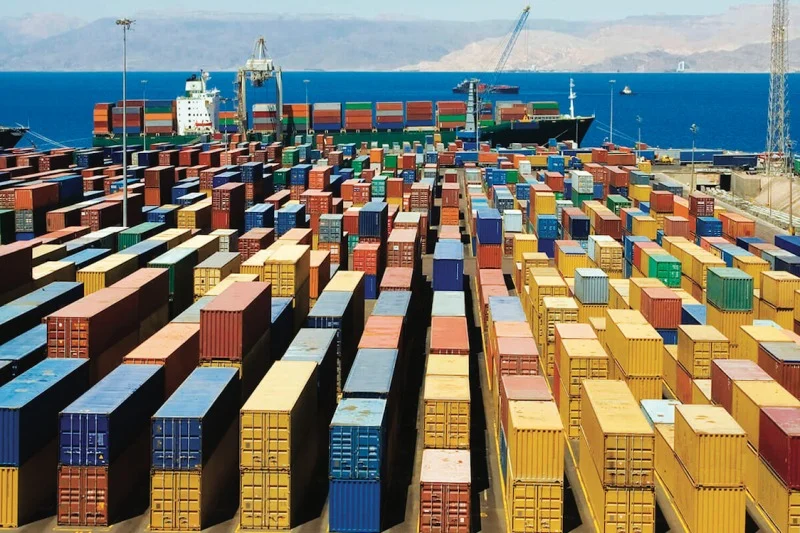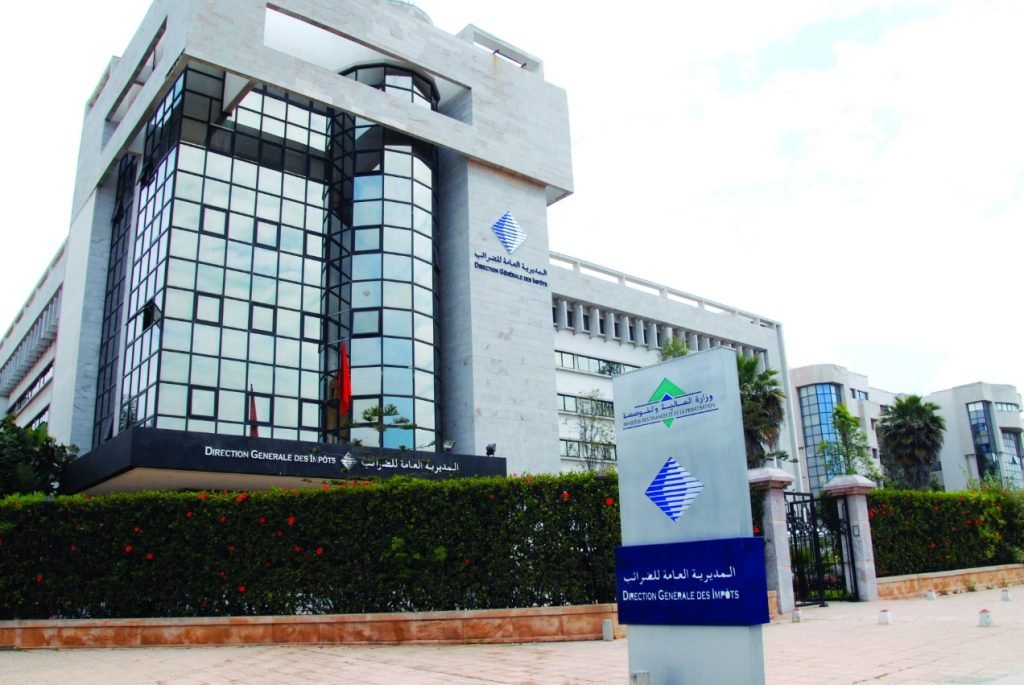Rabat – July 31, 2025 | Morocco’s trade deficit widened significantly by 18.4% year-on-year to reach MAD 161 billion at the end of June 2025, up from MAD 136 billion during the same period last year, according to the latest figures released by the Office des Changes.
The surge in the trade gap stems primarily from a sharp increase in imports, which grew by 8.9% to MAD 398.04 billion, an additional MAD 32.37 billion compared to the first half of 2024. This increase was largely driven by robust demand for finished capital goods and consumer products.
Equipment and Consumer Imports Surge
Imports of finished capital goods rose by 14.9% (+MAD 12.07 billion), reflecting increased purchases of aircraft parts (+MAD 2.21 billion), aircraft and space vehicles (+MAD 1.69 billion), and various machinery and devices (+MAD 979 million).
Consumer goods imports also experienced notable growth of 13.3% (+MAD 11.36 billion), led by:
Passenger cars: +31.4% (+MAD 3.96 billion)
Pharmaceuticals: +20.1% (+MAD 1.04 billion)
Furniture and lighting equipment: +26.5% (+MAD 691 million)
Energy Bill Declines Despite Higher Volumes
In contrast, Morocco’s energy bill continued its downward trend, decreasing by 7.4% to MAD 53 billion, thanks to falling global prices for gasoil and fuel oil (down 19.4%), despite a 4.7% rise in imported volumes.
Exports Post Modest Growth
On the export side, Morocco recorded a 3.1% increase in shipments, totaling MAD 236.17 billion, an improvement of MAD 7.2 billion year-on-year. The phosphates and derivatives sector was the primary growth driver, with exports up 18.9% to MAD 46 billion, boosted by:
Natural and chemical fertilizers: +MAD 4.90 billion
Raw phosphates: +MAD 1.63 billion
Phosphoric acid: +MAD 857 million
The aerospace sector also saw solid gains, with exports rising 8.8% to MAD 14 billion, fueled by stronger performances in the Assembly (+MAD 728 million) and EWIS (cabling) (+MAD 427 million) segments.
Automotive Sector Faces Headwinds
Conversely, the automotive industry, Morocco’s leading export sector, registered a 3.6% decline in overseas sales, totaling MAD 77.66 billion. This was mainly due to a sharp drop in the vehicle manufacturing segment (−MAD 5.39 billion), only partially offset by growth in wiring exports (+MAD 983 million).
Outlook
While exports showed pockets of resilience, particularly in phosphates and aerospace, the accelerating pace of import growth—especially in capital and consumer goods—continues to put downward pressure on Morocco’s trade balance. The drop in energy costs offers some relief, but the overall trajectory indicates widening external imbalances that could weigh on the country’s current account.








